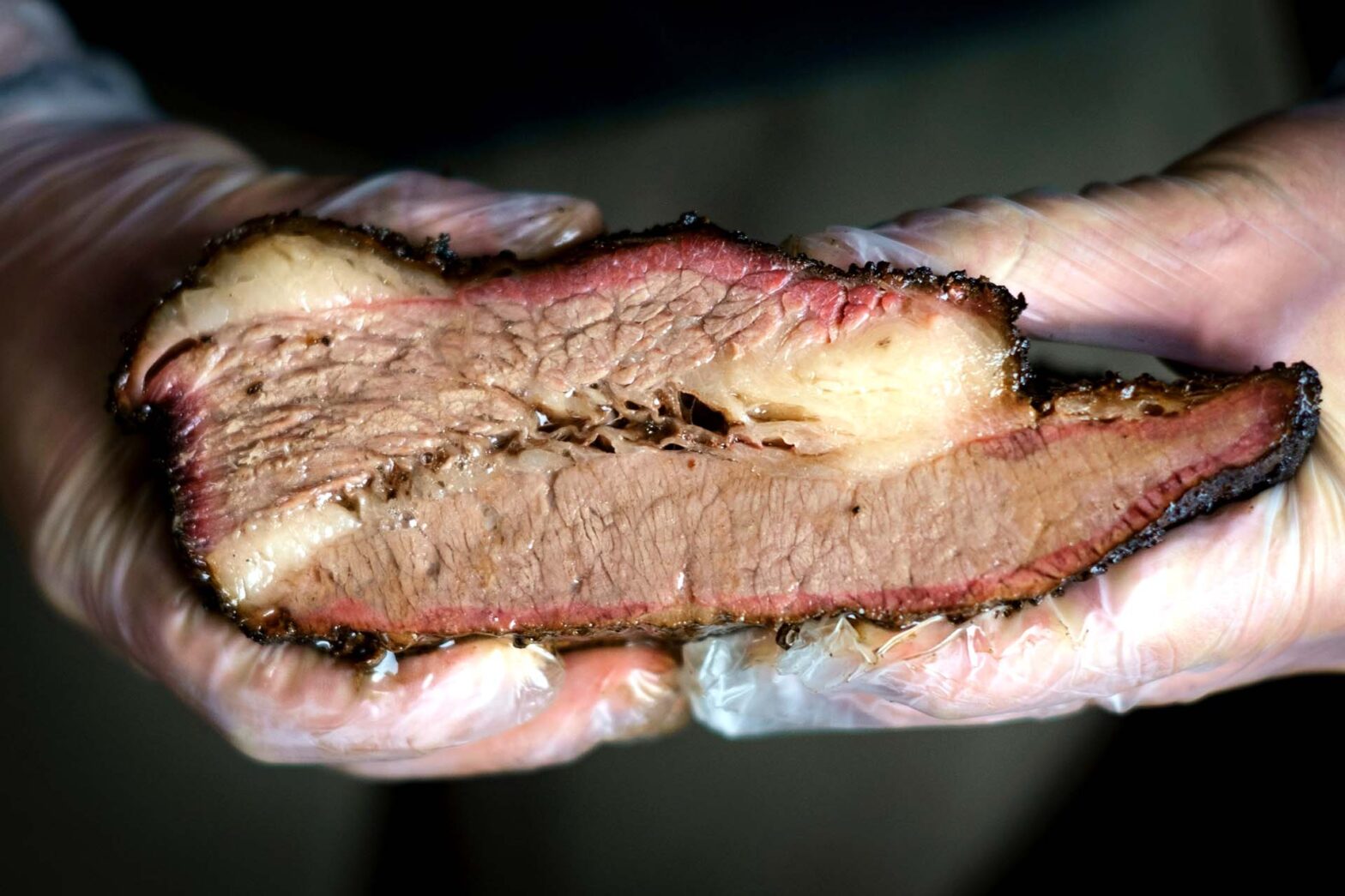If you’re anything like me, you know how there’s nothing quite like a juicy and smoky brisket to get your mouth watering. But what happens when you bring that big piece of meat back home, all set to fire up the smoker and get cooking, only to unwrap it and find that it’s missing that all-important fat cap?
I don’t have to tell you that it can be a real head-scratcher. The layer of fat on top of a brisket is like a built-in self-basting mechanism. As the meat cooks, the fat melts and drips down on the surface, bringing out the meat’s flavor and ameliorating the bark. It even provides insulation for the meat that assists cooking.
Fear not, my dear BBQ-lovin’ carnivores. Your brisket lacking in the fat department is no good news, trust m on that, but I have a trick or two up my sleeve to help you work around it and still end up with a mouthwatering, tender brisket that would have folks asking for seconds. And I’ll spill the beans on them if you stick with me and read on.
The Fat Cap: Why It’s a Big Deal, And Why It Isn’t
Traditionally, a brisket comes with a thick layer of fat on one side, typically an inch thick. Many a barbecue purist consider the fat cap an essential element of a good brisket, but is it really that important?
It’s true that the fat cap on a brisket serves a few important purposes during cooking.
As the meat heats up, the fat begins to melt away, basting the meat with its delicious flavors and promoting even cooking by providing insulation. And as that fat melts away, it yields that formidable, dark and crispy bark we all long for.
However, there is a common misconception that the fat cap is what keeps the meat moist during cooking. It is the connective tissue within the meat — called collagen — that plays the chief role in keeping the meat moist and tender. As the meat cooks, the collagen melts and turns into mouth-watering gelatin, which gives the meat its moist and juicy interior.
So while the fat cap is important for flavor and texture, it’s not the be-all and end-all of a great brisket. And I reckon the key to a great brisket is in how you smoke it, even if someone at the butcher’s trimmed the fat cap off a little more than they should have.
How to Smoke a Brisket With No Fat Cap
Are you in a pickle with a brisket that’s missing its fatty top layer? Don’t you worry, y’all, there are still ways to smoke it to perfection.
First and foremost, it’s essential to give the meat ample flavor and texture. That means applying a generous amount of dry rub to the brisket, taking care to coat it evenly on all sides. To ensure maximum flavor and bark development, let it rest in the refrigerator overnight, allowing the spices to penetrate the meat and work their magic.
When you’re ready to smoke to meat, aim for a cooking chamber temperature of 250°F. This will help the brisket cook evenly without becoming dry or overcooked. Without the fat cap, you’ll need to maintain even heat throughout the cooking process, give or take 10°F. You can consider using a water pan or spraying the meat with apple juice for moisture.
One thing to keep in mind is that without the fat cap, the bark may turn out a little too crispy for some folks’ liking. To prevent this, consider wrapping the brisket in butcher paper or aluminum foil about halfway through the cooking process. This will help keep the moisture in, shorten the stall, and moisten the bark.
Bottom Line
Let me tell you something, y’all: a brisket without a fat cap can be a bit of a challenge, but it’s not the end of the world. While that fat cap adds flavor and texture, it’s not the only way to keep your meat moist.
To smoke a top-notch brisket without that cap, start by giving it a generous dry rub and letting it rest in the fridge overnight. Then, aim for a cooking temp of 250°F and keep that heat even throughout the cooking process. If you need to add moisture, consider using a water pan or apple juice spray.
And here’s a pro tip: wrapping the brisket in butcher paper or foil halfway through cooking can help keep the bark from getting too crispy. Follow these steps, and you’ll still get a mouthwatering and tender brisket that’ll have folks coming back for seconds.


